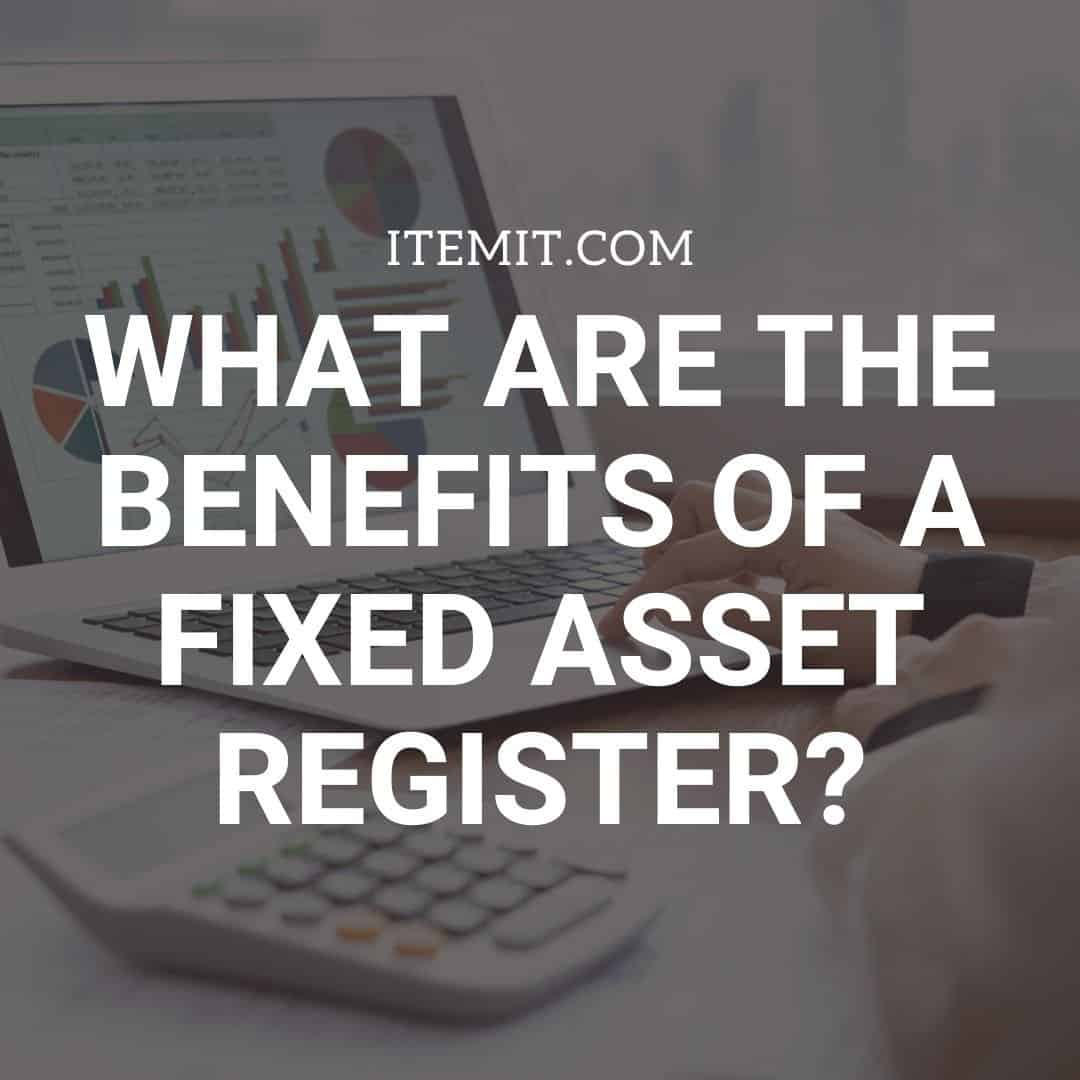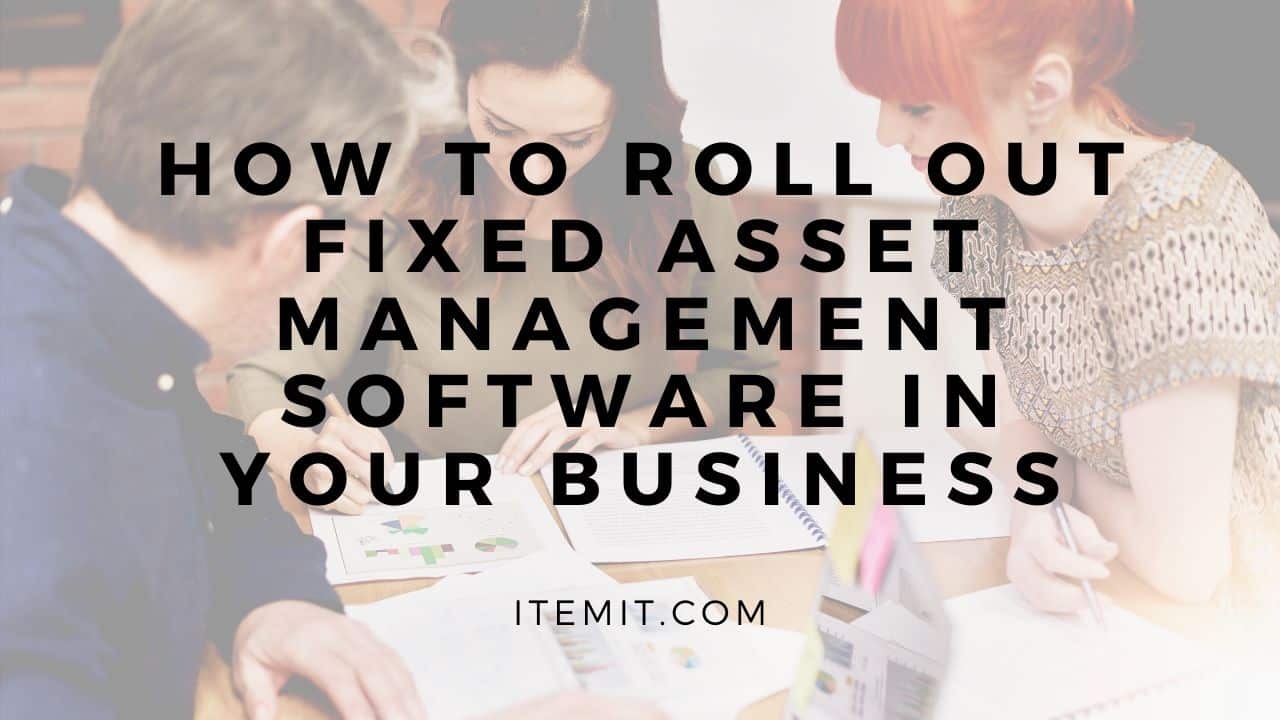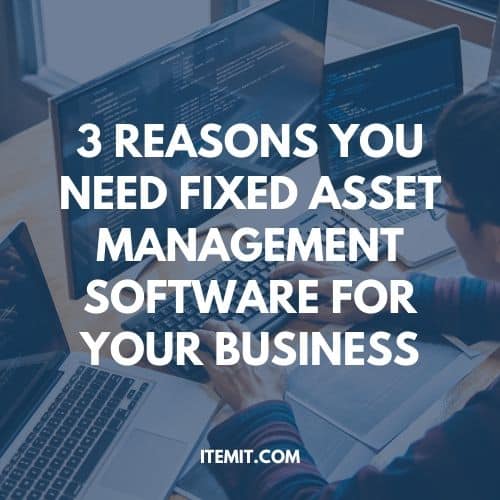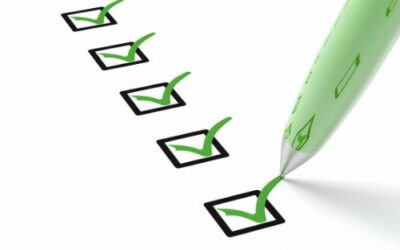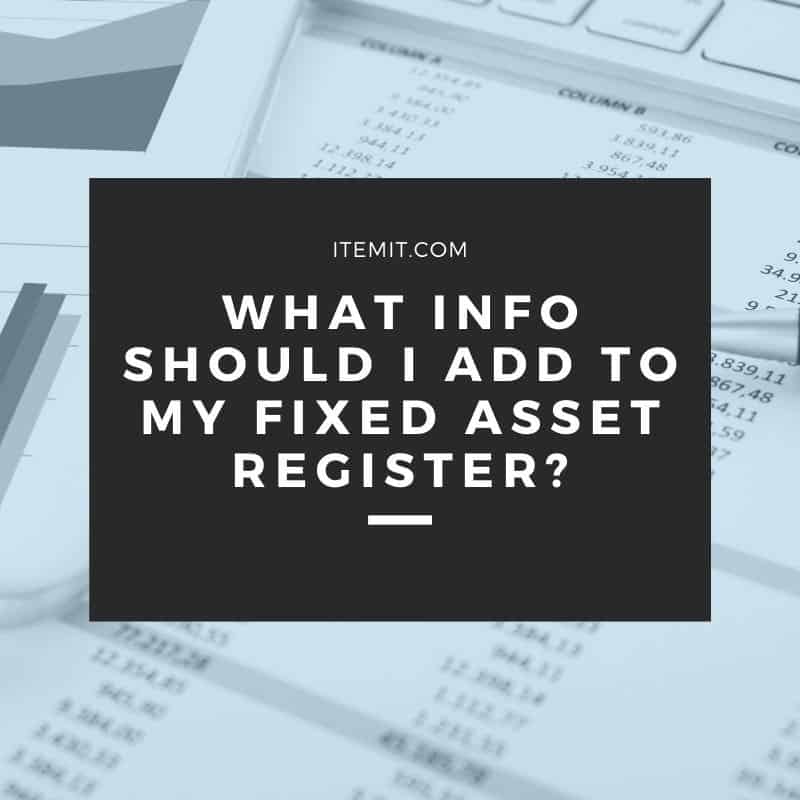
If you’re creating a fixed asset register, one of your first thoughts will be what kind of information you need to add to it. So, after you’ve logged your assets and your inventory, then what? Which information should you add?
If you’re still at the stage of assessing what exactly a fixed asset register is or how an asset register will benefit your business, then we suggest checking out some of our other blogs first to get up to speed.
1. Essential asset information
Let’s not run before we can walk, the first and arguably most important pieces of information you need to add to your fixed asset register are the very basics. How do you identify your fixed assets? Do they have serial numbers, asset IDs or do you just call a spade a spade?
Here are some of the most common essential asset properties:
- Asset name
- Description
- Serial number
- Asset ID
- Reference numbers from existing systems
At itemit, we know not all assets are created equal and each asset type may need different treatment. That’s why itemit offers flexibility and lets you add the information that you need – otherwise what’s the point!
2. Asset value and depreciation tracking
The next step is to add relevant financial information against your assets so that you know how much your assets are worth. This is important not just for accounting for your assets but also to plan and budget for asset replacements in the coming years. With the best asset management software, you can record all the financial information you need.
To give you an idea, we suggest adding the following to get started:
- Purchase date
- Purchase value
- Depreciation type
- Effective lifetime
- Cost to replace
Once your fixed asset register software contains all of this information, you will have a much better and clearer picture of what’s needed in terms of asset lifecycle management.
3. Warranty and insurance management
Record against each asset details on warranties and insurance. This critical information is amongst the most common to get lost or be unavailable to those that need it when they need it!
Our existing clients use the itemit reminders feature to log all important dates. itemit sends you a reminder via email when an asset’s warranty is due to expire or even when an asset needs an inspection! You can even add attachments to each asset so you can store warranty certificates, insurance policies and purchase receipts against your assets.
To see just how easy it is to record asset warranty information, check out this video covering how to add a reminder.
4. Tag your fixed assets
So, what do we mean by tagging fixed assets? Most commonly this involves sticking a barcode or QR code tag onto your asset and linking this to the asset’s digital record – itemit does all of this for you!
Whenever you want to add information or interact with an asset, after fixed asset tagging, all you have to do is scan an asset’s QR code using itemit’s built-in scanner. The asset profile will instantly be shown to you, and you can view and add information to your heart’s content.
5. Record and monitor asset location
One of the most significant benefits of tagging your fixed assets is that each time you or one of your colleagues scans an asset tag, itemit automatically records where your asset is, who has it and when!
With itemit, you can also create a location hierarchy of your site or building to allocate items to rooms.
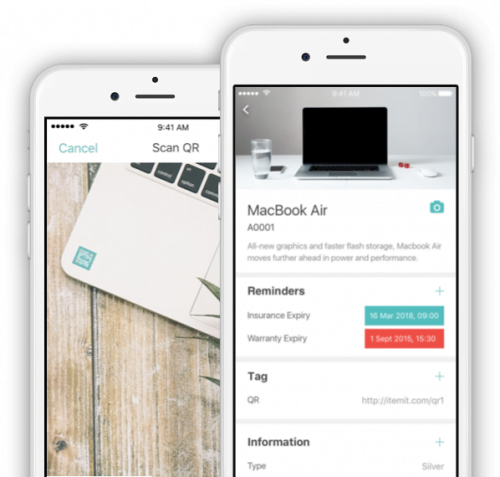
6. Assign assets to teams, sites or projects
Next, you can even assign assets to colleagues or teams – this is ideal if you’re looking for IT inventory management.
7. Equipment maintenance records
This is somewhat linked to point 2 above, if your fixed asset register software also includes asset and equipment maintenance tracking then your life will be much easier!
Maintenance information is great for transparency when it comes to morale, asset downtime, and which assets are reaching the end of their lifecycle. Being able to repair or replace assets the moment you need to keeps your colleagues happy and avoids the frustration we all know too much about.
Using Your Fixed Asset Register for Auditing and Reporting
The final step is to bring all of this together. You have all of the data you need to make decisions. Now you just need to present it in a useful way. It’s no use having information if you can’t use it to inform asset-based decisions.
itemit lets you view all your asset data and create customisable reports Make use of the streamlined reporting feature to view, edit, and manage certain facets of your fixed asset management processes. As you’ll have collected the data at this point, this is simple. Using filters, you’ll be able to see which assets have needed maintenance in the past six months, for example, so you know which assets need a replacement.
You’ll also be able to export depreciation information so that you know when assets are costing more to run and maintain than they’re worth. All of this is visible, manageable, and usable for your business.
Or, you can export your entire fixed asset register as a pdf. The uses of this are plenty. A full fixed asset register means that you’ll be able to ensure tax-breaks, transparency for insurance purposes, and an inventory for onboarding and business management.
itemit creates your fixed asset register on the fly, with every asset you log and start to track. So, what are you waiting for? Find out more by contacting us at team@itemit.com or by filling in the form below to start your free trial.
Start Your Fixed Asset Register Now!

Try itemit
Choose a better way to track
your assets.
Start your free 14-day trial now!

Keep Learning
itemit Blog
Tips, guides, industry best practices, and news.
Why Having An Accurate Asset Register Is Important
Why is having an accurate asset register so important and how can it help with equipment tracking? Read this post now to find out!
What To Include In Your Fixed Asset Register
What should you include in your fixed asset register and how can you make it work for you? Read this post now to find out!
What Exactly Is An Asset register?
What exactly is an asset register and will your chosen asset register format offer you everything you need? Read this post to find out!

